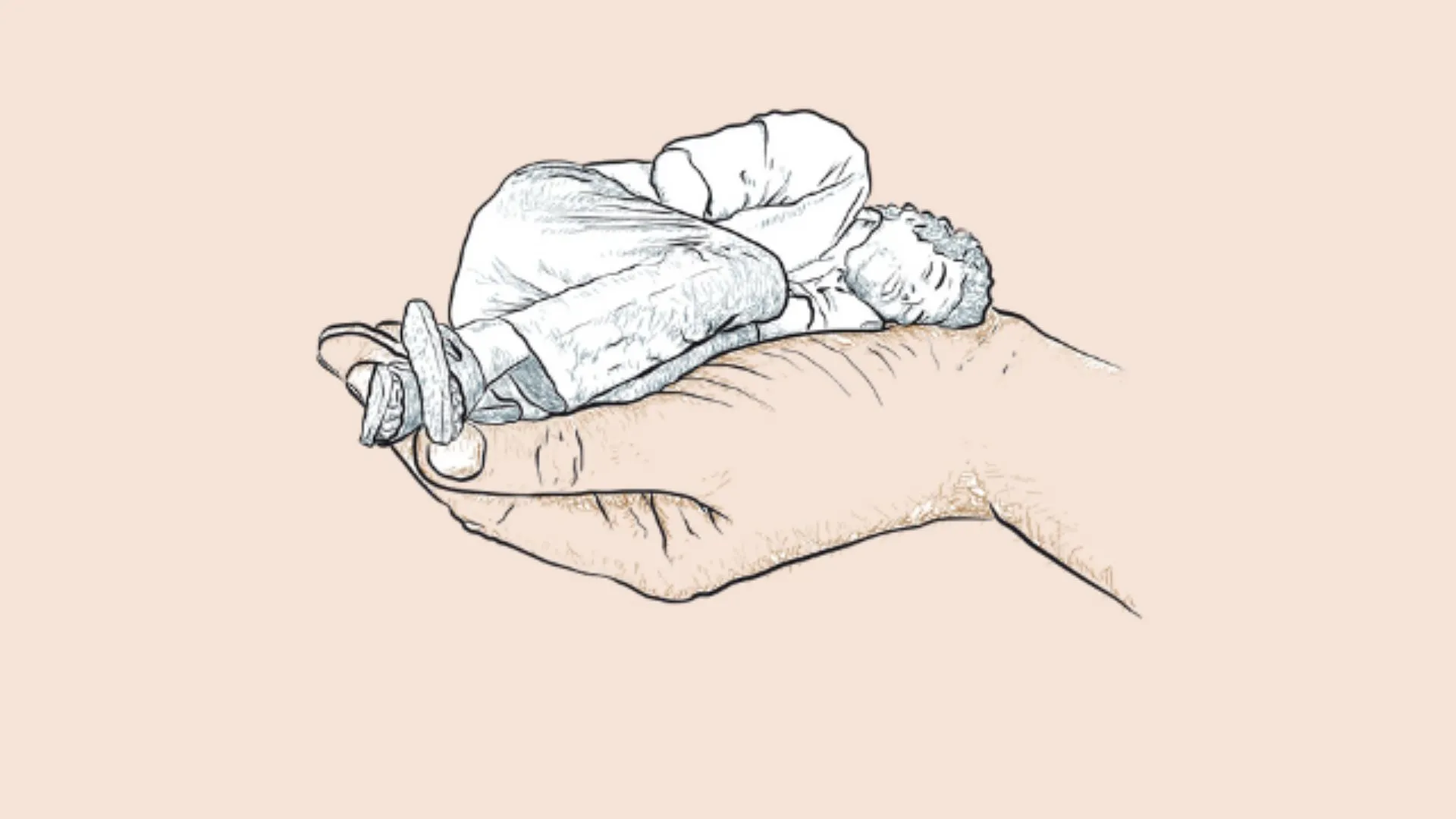While India has overtaken China as the world’s most populous country, the increasing rate of infertility is a growing concern. Data shows that overall infertility in India has steadily risen from 22.4% in 1992–93 to 30.7% in 2015–16.
Adding to this concern is the rising incidence of secondary infertility, a condition where couples face difficulty conceiving a second time after a successful first pregnancy. Studies indicate that secondary infertility in India reached 28.6% in 2015-16, marking a significant rise of 5.9%.
Understanding Secondary Infertility
Secondary infertility is the inability to conceive despite having had a previous pregnancy or abortion. Unlike primary infertility, where conception has never occurred, secondary infertility arises due to various factors, including age-related fertility decline, reproductive health issues, and lifestyle habits.
Key Factors Contributing to Secondary Infertility
Delayed Pregnancy and Lifestyle Choices
Modern lifestyles have led many couples to prioritize careers, financial stability, and personal goals before planning a family. While first pregnancies may occur without difficulty, delaying the second pregnancy often leads to complications.
Fertility chances decrease significantly for women above 35 due to a decline in egg quality and quantity. Similarly, men above 40 experience reduced sperm count and motility due to smoking, alcohol consumption, and chronic medical conditions.
Impact of Health Conditions and Stress
Hormonal imbalances such as Polycystic Ovarian Syndrome (PCOS) and endometriosis are major contributors to secondary infertility. Other conditions, including hypertension, diabetes, thyroid disorders, and metabolic syndromes, further reduce fertility. Chronic medication use, tubal blockages, and varicocele (swollen veins in the scrotum) also impact reproductive health.
Additionally, stress from busy lifestyles can further hinder conception.
Infections and Medical History
Infections from prior abortions, vaginal deliveries, or local infections can cause tubal factor infertility, where blocked fallopian tubes prevent fertilization. Endometritis, an infection of the endometrial lining, can also contribute to the problem.
Who is Most Affected?
As individuals age, egg and sperm quality decline, making conception more difficult. Many couples delaying parenthood face challenges due to deteriorating reproductive health. However, even younger couples can struggle with secondary infertility due to stress and lifestyle factors.
Why is Secondary Infertility Less Talked About?
Secondary infertility remains relatively unknown because many assume that couples who conceived once will not face difficulties again. Societal focus is primarily on primary infertility, leading to limited awareness and discussions about secondary infertility.
Can Secondary Infertility Be Prevented or Managed?
Awareness is key to prevention. Couples who struggle to conceive despite a year of regular intercourse should seek medical evaluation.
Treatment approaches depend on the cause:
- Ovulation issues – Induced ovulation therapy
- Fallopian tube blockages – Hysteroscopy or laparoscopy to diagnose and treat blockages
- Fibroids or endometriosis – Medical or surgical treatment
- Male infertility factors – Sperm analysis, evaluation of varicoceles, and necessary interventions
Additionally, unnecessary abortions should be avoided, as they can increase the risk of secondary infertility. Maintaining a healthy lifestyle, balanced diet, regular exercise, and limiting alcohol consumption can improve fertility and pregnancy success.
With infertility rates rising, awareness and early intervention can help couples facing secondary infertility. Addressing lifestyle factors, seeking timely medical consultation, and adopting a proactive approach to reproductive health can significantly improve the chances of conception.























